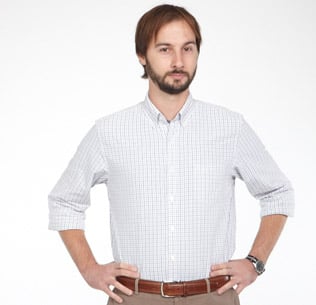Greg Thompson wakes early for the hunt.
His club gathers around 10 am on Maryland’s Eastern Shore, dressed in 19th-century regalia of wool coats and stock Ties.
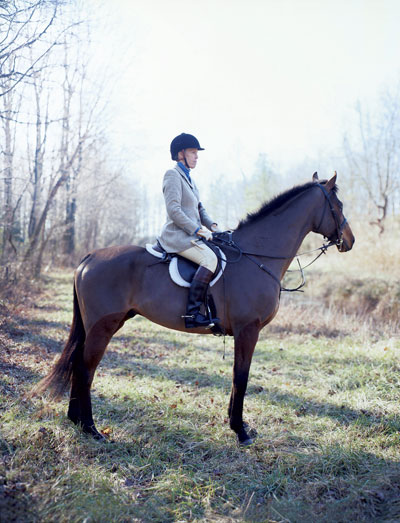
Thompson is huntsman of the Wicomico Hunt Club—its leader—and responsible for the dozen or so foxhounds that will be the club members’ partners today. When he approaches the animals’ cages, they leap and bark in excitement. “They know what they’re going to do,” he says.
Fox hunting goes back centuries to England, where riders on horseback followed hounds as they sniffed out and chased down foxes across the countryside. “It’s inspired a lot of great art, a great deal of literature,” says Barclay Rives, a member of the Keswick Hunt Club, outside Charlottesville. “Shakespeare talks about it at the end of A Midsummer Night’s Dream.”
The modern American version is similar but rarely results in a killed fox. Rather, the prey “goes to ground,” meaning it finds a foxhole to hide in and the pursuit ends.
For Cindy Wood, the appeal hasn’t ever been in capturing an animal—it’s always been about watching the hounds do what they love to do. “It’s instinct for them to follow a scent,” she says. “They’re having a blast.” Wood is a fieldmaster in the Wicomico Hunt Club, where she leads a group of riders as they follow Thompson, who directs the hounds. The club uses a breed of foxhound called a Penn-Marydel, whose nose is better equipped for the Mid-Atlantic’s sandy soil and relatively dry climate. On a good day, the hunt can last hours.
“Fox hunters can debate with mushers in Alaska over which canine breed works harder, the sled dog or the foxhound,” Rives says. “But I think fox hunters would have a good argument.”
Others do it for a love of nature—and the unpredictability. Keswick’s Jennifer Nesbit recalls her father walking her and her sister to a hunt meet for their first ride: “I was so scared because I had absolutely no control. Now it’s an adrenaline rush. You’ve got all types of terrain, and you don’t necessarily know what you’re coming up on, like groundhog holes or jumps.”
“It attracts people who are risk takers,” says the Keswick club’s Nancy Wiley. “You could run into some wild turkeys and spook your horse; you could run into a pack of bees. And that’s the joy of it.”
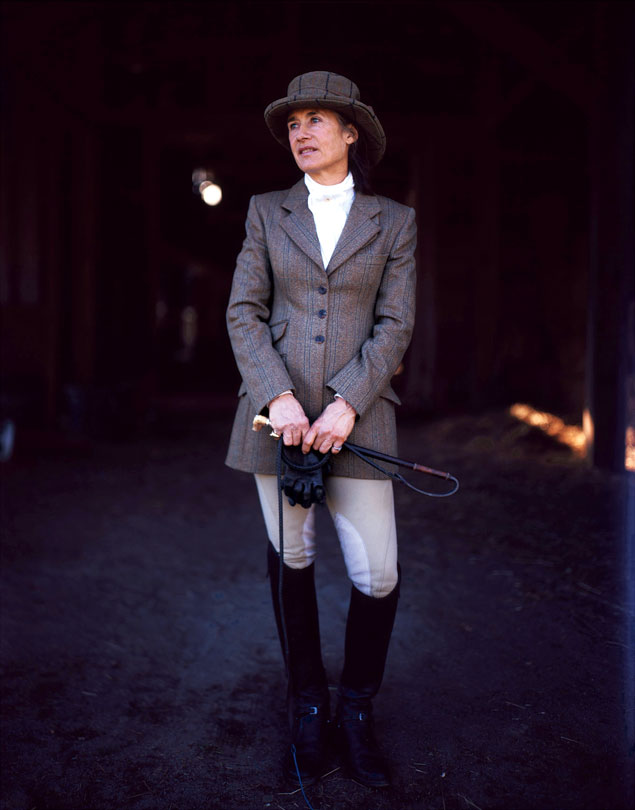

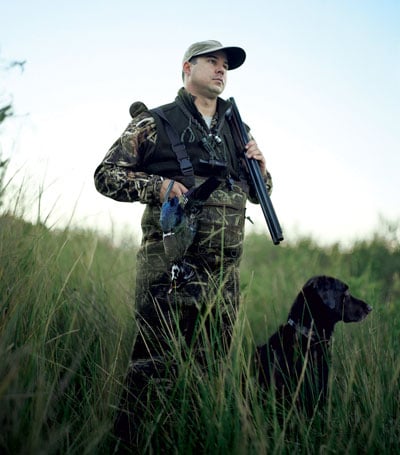
Down the Potomac River, in an old tobacco plantation in Charles County, Maryland, a different type of hunt begins. Like the fox hunters, Max Finazzo woke early to catch his quarry; now he sits quietly in a bog with Floyd, his Lab.Instead of fancy dress, Finazzo wears camouflage, and in place of foxes he hunts duck. He uses a shotgun but is quick to explain that his form of hunting is much more than pointing and shooting: “That’s just target shooting. The sport isn’t shooting ducks—it’s putting yourself into a challenging situation and seeing if you can be successful. There are so many variables, dealing with the elements like tide and wind and rain and snow. You have to be adaptable.”
In that sense, Finazzo’s pursuit is much like fox hunting. It reveals a reverence for nature, both its power and its beauty. “It’s rough terrain, and if something goes wrong, you have to get yourself out of it,” he says. “But there’s also something to be said for watching the sun come up over the water.”
Finazzo’s dog plays an important role. After a duck is shot, Floyd sniffs out the trail to retrieve the bird. He’s been training since he was a puppy, and he and Finazzo are close. “In the beginning you hunt for yourself, just the excitement of being able to kill a couple of ducks,” Finazzo says. “Then you get to a point when it’s more about watching the dog work, because you see how much they love it. Floyd knows the difference between getting in the car to go see the vet and to go hunting. He can sense it.”
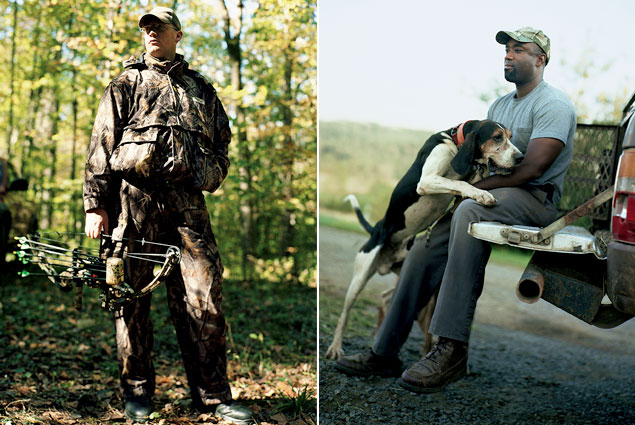
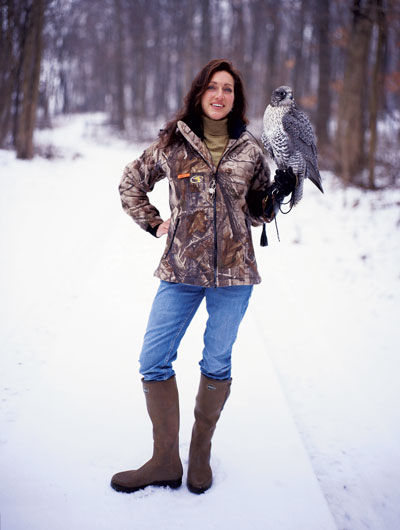
Shoshana Datlow knows how deep the bond between human and animal runs. One day when she was in grade school, a man came in with a falcon on his arm. He set it loose, and Datlow watched it soar over the school. “I said to myself, ‘I want to do that one day,’ ” she recalls.
Some say falconry is the world’s oldest sport, dating back millennia. When Datlow releases Sully, her gyrfalcon, it flies up more than 1,000 feet and circles above her. Datlow’s job is to lead her bird to areas populated with ducks, pheasant, and grouse. Even from this height, Sully can see Datlow’s every move. “Sometimes I can’t even see him with my binoculars,” she says. “But I trust that he’s above me.”
When Datlow finds prey, she rouses it from its hiding place. That’s when Sully dives toward it at 200-plus miles an hour, knocking birds four times his size out of the air for the kill. “Falcons do this naturally in the wild, so the training is about the bird accepting me as a partner,” Datlow says. “He learns to benefit from me leading him to game. In essence, I’m his dog.”
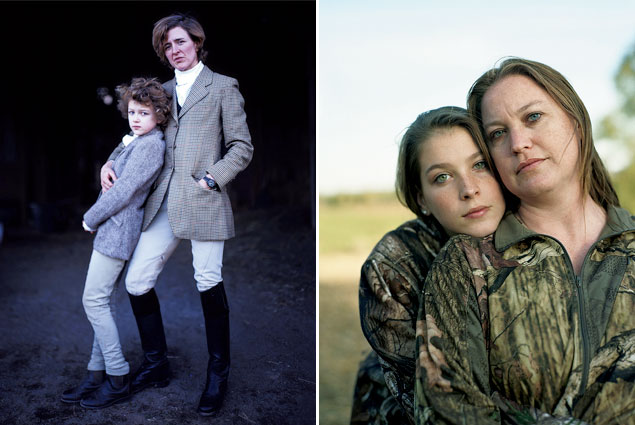
As each hunting season passes, the next generation slowly takes the reins. Nancy Wiley’s 11-year-old daughter, Lily, comes out fox hunting to enjoy the countryside, just like her mother. Meanwhile, Hugh Millhiser Halsey, 15, loves the experience of riding over Civil War battlefields and galloping past houses from Colonial times.
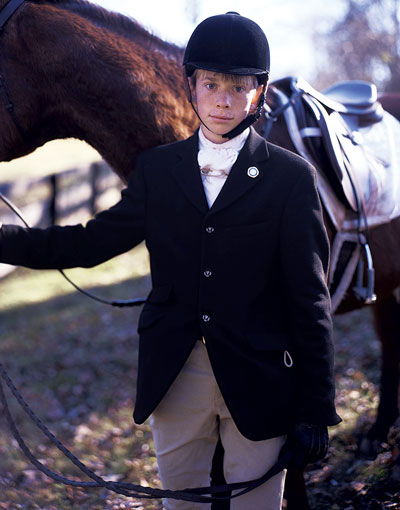
Molly Ford, 13, started riding when she was three and later did dressage, but she was exhilarated by her first fox hunt five years ago. “I think dressage is boring now,” she says. “When you’re a kid and really want to go fast, fox hunting is breathtaking.” She even taught her mom how to keep up with the pack.
Dana Weaver hunts deer with her 13-year-old daughter, Sara. They have a double tree stand, where they sit together on her father’s farmland in Madison County, Virginia. Dana’s dad had taught her to hunt when she was a teen. “I only made Sara wait until she was 11,” Dana says. “I thought she could handle it, and she can. She’s a better shot than I am.”
The hunt is a bonding experience, says Dana: “For the first few hours, when we’re just waiting, we can still make it girl time. It’s good to spend that time with her, when there’s no cell phones or distractions.”
It’s a tradition she hopes will go on, as it has for centuries: “Sara’s killed five deer so far this season. I just get so excited, so proud. Hopefully, that will continue and she’ll teach her children one day.”
After 20 years as a commercial photographer and following his recent admission to the Virginia State Bar, David Deal has opened a general-practice law firm in his hometown of Orange, Virginia; his website is daviddeal.com. Research editor Michael Gaynor can be reached at mgaynor@washingtonian.com.
This article appears in the January 2014 issue of Washingtonian.


